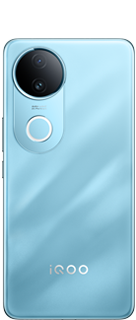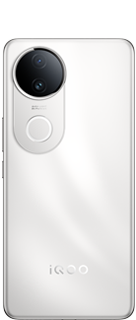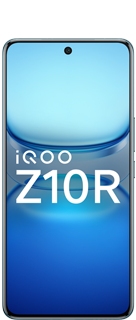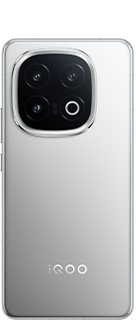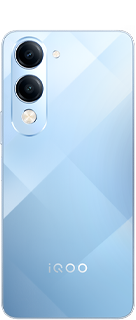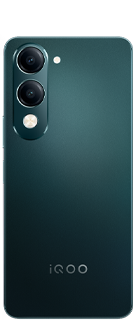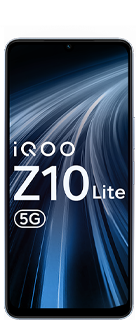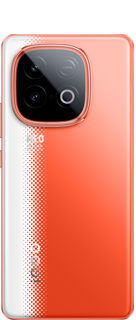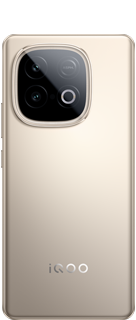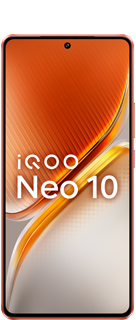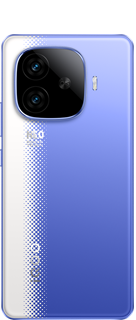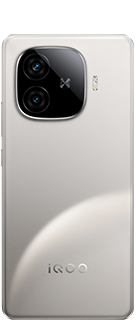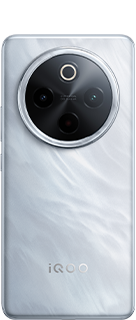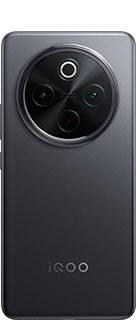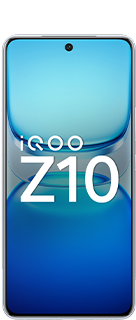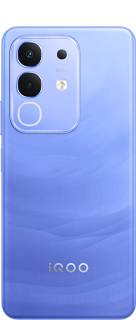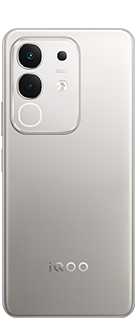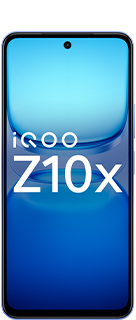Tips & Tricks: Unlocking the True Power of LHDC – A Gamechanger for Audiophile
Hello Questers!
Hope you're all doing well! Today, I’m here with a new Tips & Tricks thread that could be a lifesaver—especially for audiophile like me who are passionate about high-quality audio. 🌟
We all know that audio and Bluetooth technologies are evolving rapidly, whether it’s wired or wireless. Recently, I discovered something exciting—LHDC, a newer audio codec that stands for Low Latency High-Definition Audio Codec.

It offers better connectivity, improved latency, and superior audio quality compared to older codecs like LDAC, aptX, or aptX Lossless. Naturally, I got curious and wanted to upgrade my earbuds from LDAC to LHDC.
How Does LHDC Work?
For LHDC to function correctly, both your Bluetooth audio device and smartphone must support it.
Most modern earbuds or neckbands come LHDC-enabled, so you don’t need to worry much on that front. Just make sure to check the product specs before buying.
The challenge, however, lies in the smartphone. Even though many recent devices have the hardware capability to support LHDC, few brands don’t enable it via software—for reasons we’re still not clear about.

So before you rush to buy LHDC earbuds, make sure to check whether your smartphone supports LHDC. Otherwise, you won’t experience the full potential of your new audio gear.If you dnt check no worries that's why I'm here.
Solution: How to Enable LHDC on Non-Supported Smartphones
If you’ve already bought LHDC-compatible earbuds but your phone doesn’t show the codec, don’t worry—I’ve got a fix for you!
You can manually switch the Bluetooth codec using a third-party app available on the Play Store.
Step-by-Step Guide:
1. Open the Play Store and search for:

2. Install and open the app
3. Connect your LHDC-compatible earbuds to your smartphone
4. Inside the app, select your connected Bluetooth device
5. You’ll see the current codec (usually SBC, AAC, or LDAC).
👉 Change it manually to LHDC

6. The app will reconnect your earbuds using LHDC, if supported by your phone hardware
7. Verify the codec change via:
The earbuds’ companion app Or through Developer Options > Bluetooth Audio Codec
Some smartphones also display this in the Bluetooth settings UI
🎧 What You’ll Experience After Switching to LHDC

Once LHDC is enabled, you'll notice:
✔️ Crisper, clearer sound
✔️ Lower latency (great for gaming or video watching)
✔️ Enhanced call quality and microphone clarity
✔️ Overall better Bluetooth stability
It’s a noticeable upgrade over basic codecs like SBC or even LDAC in some cases.

Permanent Option: Buy the Premium Version
If you find this method useful and want a seamless experience, consider purchasing the premium version of the app. It costs around ₹500, and there’s:
No expiry
One-time purchase
Continuous access to premium features
Final Note
This method is just a temporary workaround for users whose phones don’t officially support LHDC yet. Since LHDC is an open-source codec, there’s real potential for it to be adopted more widely in the future.
We hope brands realize this and enable LHDC by default, especially if the hardware is already capable. That would provide a better, more direct experience for users—without needing third-party apps.
Let’s Discuss!
Have you tried this method?
Drop your thoughts in the comment section below with:
Your smartphone model
Your earbuds or neckband
Whether LHDC is working or not
Let’s help each others.
See you in the next Tips & Tricks thread!
Until then, signing off —
This isn’t a promotion for the app or LHDC—just sharing it purely for informational purposes, hoping it might be helpful to many.
— @JStreetS 🌀
iQOO South Zone Ranger
Official Community
Please sign in
Login and share
